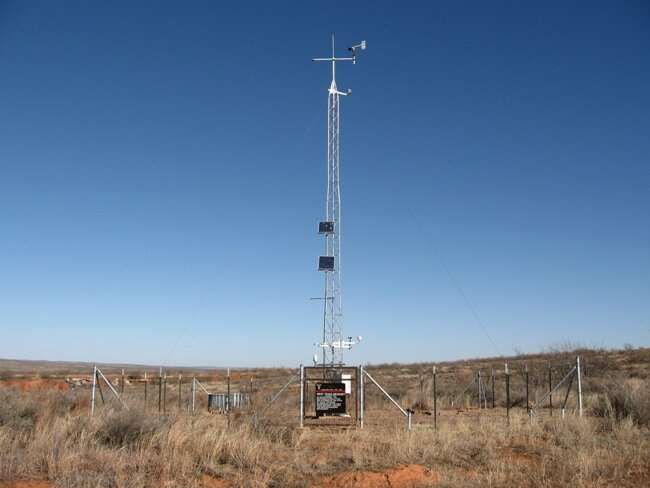Making wind power more predictable

A computer model that uses existing weather data to map long-term wind patterns at prospective wind turbine sites could help energy companies set up wind turbines more quickly and less expensively. The model eliminates the need to deploy dedicated wind monitoring stations. It could also make wind energy more reliable by enabling networks of turbines that are strategically placed to generate a more consistent stream of energy.
A team led by U-M assistant professor of industrial operations and engineering Eunshin Byon developed the model. We sat down with Byon recently to learn more about her work.
Is siting wind turbines really more complicated than just finding a windy spot?
As wind becomes a more and more important part of our energy supply, finding a windy spot will no longer be enough. We'll need to predict how the wind patterns at a given site will vary from day to day and month to month.
Currently, the only way to get a year of wind data for a specific site is to set up a meteorological station on that site and collect data for a year. That's not practical from a financial or time standpoint, especially as deployment of wind turbines continues to ramp up. And we believe we've found a better way.
Why is it important to have longer-term data about wind patterns?
The wind isn't always blowing in a given spot, but it's always blowing somewhere. If power companies can predict where and when the wind will blow, they can design their networks so that, when one turbine is likely to be idle, another is likely to be generating power
How does your method measure wind patterns without setting up a measuring station?
Instead of measuring wind patterns at the actual wind turbine site, we've used existing data from automated weather stations called mesonets. We've built a computer model that can use their data to estimate wind patterns at any location within a radius of about 22 miles from the mesonet station.
Tell me more about these Mesonet stations. What are they used for today?
Mesonets are networks of relatively simple, automated weather monitoring stations that are used to monitor localized weather patterns. They're spread all over the country and generally run by universities and other public entities. Michigan State University operates one here in Michigan. For our study, we used data from the West Texas Mesonet, which is operated by the National Wind Institute at Texas Tech University.
How accurate is your model compared to an actual monitoring station?
We found that our model accurately measured wind speed to within one meter per second. So it's very accurate. We determined those figures by setting up a dedicated monitoring station at a test site and compared its actual wind data to the estimated data from our model for the same site.
Does generating a model like this require a lot of computing power?
A model that predicts wind patterns at a single site is not very computing-intensive and can be done on an ordinary laptop.
What else could this technology be used for?
These mesonet stations collect a variety of weather data, and that could be useful for modeling other properties, like solar radiation levels. That could help solar energy installers site their installations more effectively as well. Solar power is growing even faster than wind right now, so that could be very important.
What are the next steps for this research?
We're looking at adapting our models to use Numerical Weather Prediction data—this is the larger-scale data that's used to generate the weather forecasts we all rely on. That data could enable us to get predictions of more types of patterns that are even more accurate and available in more areas.
The work is detailed in a paper titled "Probabilistic Characterization of Wind Diurnal Variability for Wind Resource Assessment." It is published in the January 2020 issue of IEEE Transactions on Sustainable Energy.
More information: Youngchan Jang et al. Probabilistic Characterization of Wind Diurnal Variability for Wind Resource Assessment, IEEE Transactions on Sustainable Energy (2020). DOI: 10.1109/TSTE.2020.2965444

















